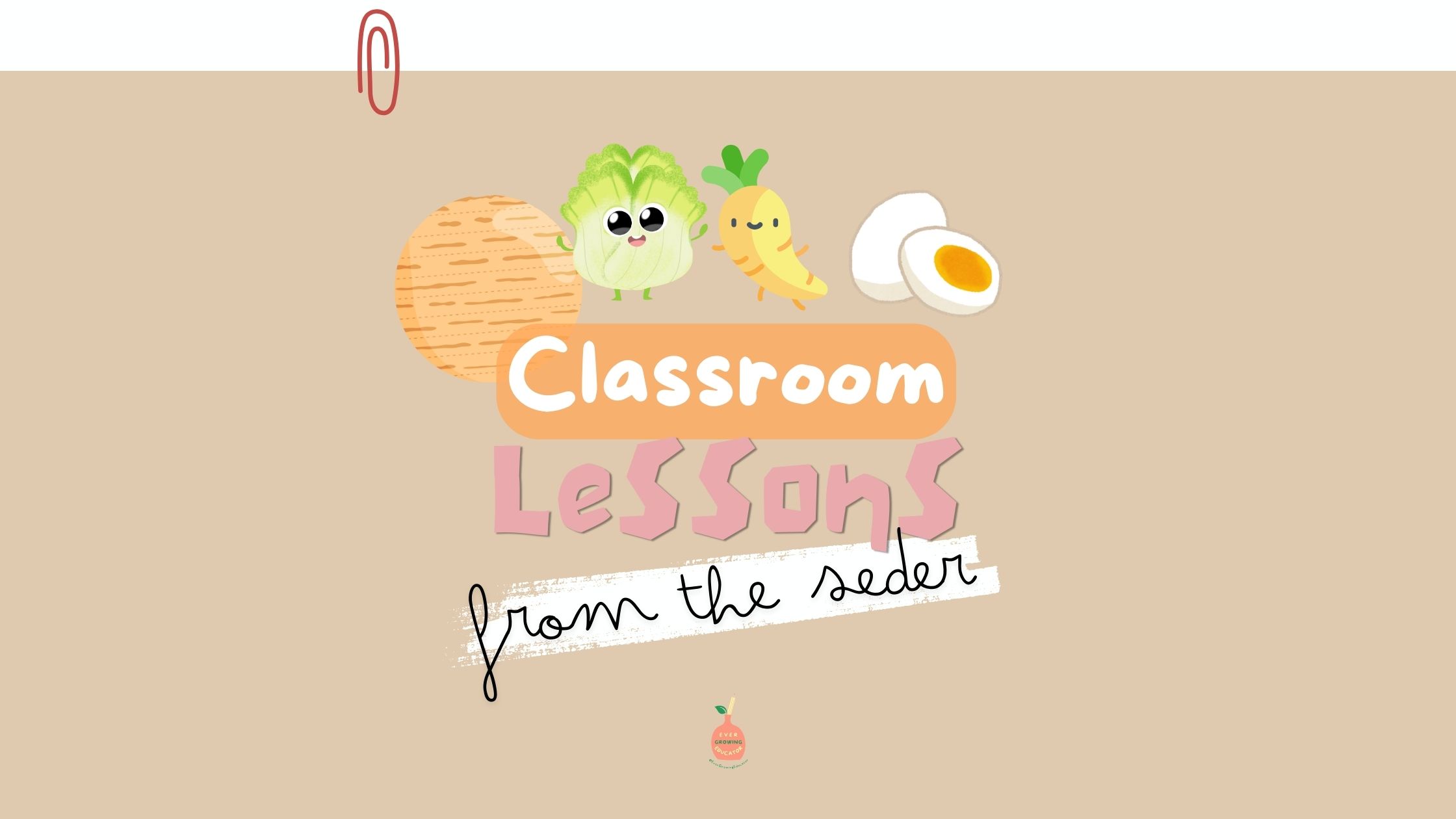1) Seder: The word Seder means “Order.” The Seder has specific steps and routines. A classroom should have a structure with clear policies and procedures. There should be a basic schedule of what happens when, so that students know what to expect – this allows for a smoother learning process.
2) The Mah Nishtana: A classroom should be a place where questions are not only allowed, but encouraged and celebrated! One way you can do this is by having a question or a bulletin board, where questions that are asked during class, but aren’t able to be answered in class, go. For example, if there’s a great question that was asked and you’re unsure of the answer, or if there’s a question that you don’t have time to discuss within the class context but would be a great discussion for another time. Writing these questions down (or better yet, having the students write them) and placing them in a special designated place shows the class that “In this classroom, questions are WELCOME!”
3) Storytelling: The Haggadah is full of stories. We discuss the story of our past. Stories are incredibly powerful tools in keeping children’s attention, and for making abstract lessons very real and relatable. Personal stories, stories of Tzadikim, or Mesholim are great ways to bring the lessons to life.
4) Active participation: The Seder isn’t a frontal lesson, but it’s an engaging, multi-sensory one! Spilling, questioning, singing, drinking, discussing. The Seder is the perfect lesson! Try to incorporate as many of your students’ senses as possible! Not only is involving more of our bodies in Torah and Mitzvos the quickest way to purify the world (Tanya chapter 37), but it’s proven to make a much more powerful and lasting impression on our students. Think back to your most powerful learning experience in school – there’s a great chance it involved more than one of your senses!
5) “Bchol Dor V’dor.” The Seder is about RELEVANCE. The story of Pesach isn’t about 2448, but about THIS YEAR. Learning isn‘t about history, it’s about bringing the Torah to the present. It’s about learning the stories of our past and connecting it to our lives today. It’s about taking active lessons from these timeless stories. It’s about making them real for our 21st century world. Sure, there was no chatgpt, Tesla or light bulbs in the time of the Pesach story, but its relevance is JUST as clear today.
6) “All who are hungry, come and eat!” At the Seder we invite every last person to participate. The Rebbe speaks about the 5th son (not just the four mentioned in the Hagadah!) -the one who doesn’t even KNOW about the Seder, and how it’s our job to go out and invite him. We have all kinds of characters in our classrooms – the wise student, the simple student, the student who doesn’t know what he doesn’t know – but how can we reach out to that “5th son” student, the one who’s living in a totally different reality, and welcome them? How can we make our classroom a space where they feel “I belong here?”
What other lessons does the Seder teach you?
I’d love to hear! Leave a comment.

View comments
+ Leave a comment